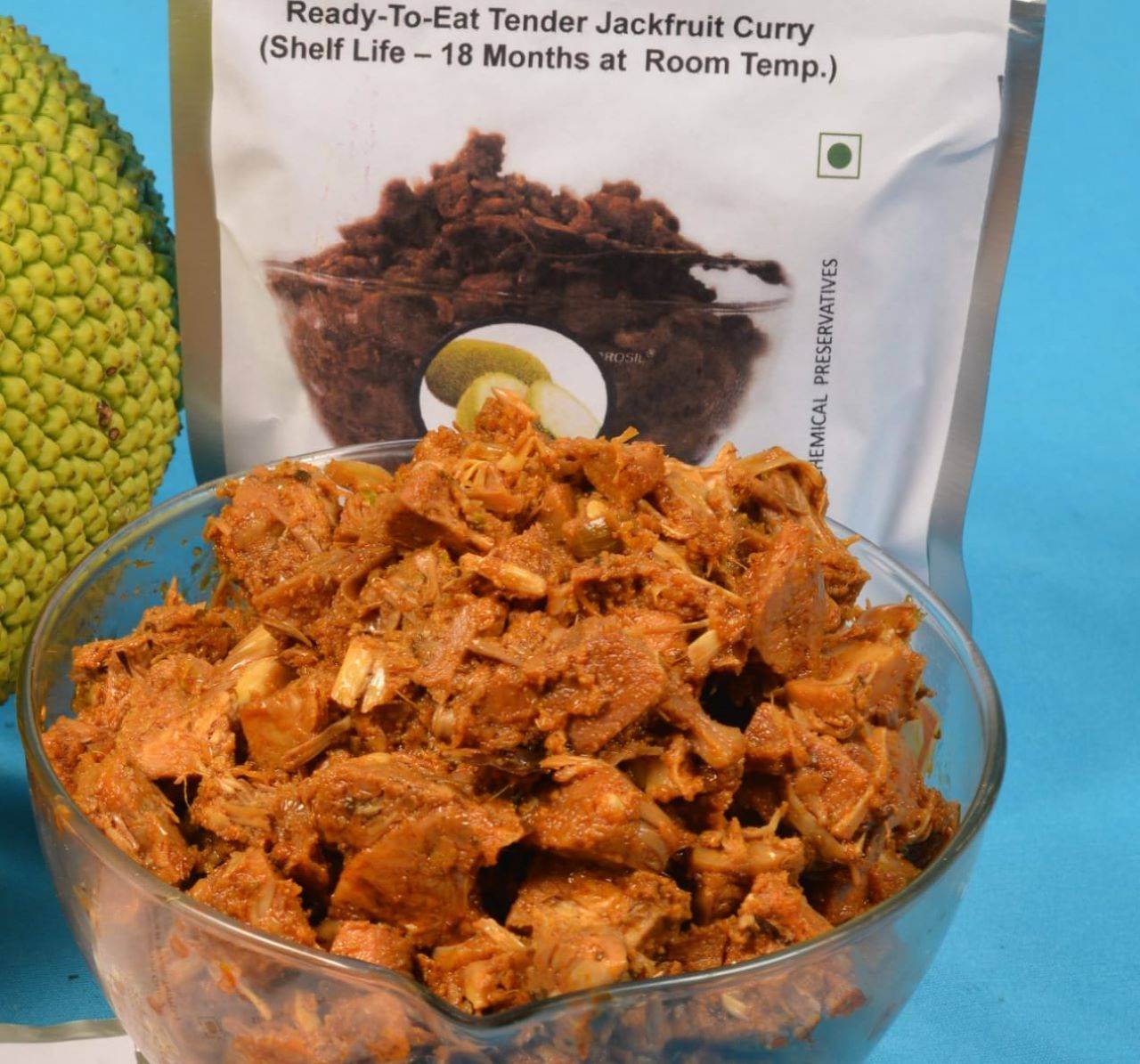
Indian Institute of Horticultural Research (IIHR) scientists have revolutionized jackfruit processing by transforming it into a convenient ready-to-eat curry. This culinary innovation comprises the standardization of processes using Retort Packaging Technology. Food lovers couldn't resist the buzz around a new jackfruit curry during the National Horticulture Fair concluded last week in Bengaluru.
Use of Retort Processing Technology
The key to this transformation lies in the use of Retort Packaging & Processing Technology, ensuring recipe standardization and storage stabilization without the need for preservatives. As a result, the jackfruit curry has an impressive shelf life of 18 months at room temperature.
Similar to other ready-to-eat products, consumers can use the curry by immersing the packet in hot water for 5 to 8 minutes before consumption. According to Narayana C.K. Principal Scientist (Hort.), Division of Post Harvest Technology & Agricultural Engineering, ICAR-IIHR, the introduction of tender jackfruit curry in ready-to-eat form not only expands its accessibility but also aligns with consumer preferences, contributing to the growth of the ready-to-eat segment within the processing industry.
The rise of tender jackfruit as a meat substitute on the global stage is evident, with over 800 tonnes exported from Karnataka, primarily to Bangladesh and Thailand. Recognizing the increasing demand, IIHR scientists have revealed a technologically advanced ready-to-cook product designed to provide 18 months of shelf life to tender jackfruit chunks. This innovative solution not only prevents the browning of the tender jackfruit chunks but also preserves their natural texture.
This technological breakthrough is set to benefit both farmers and traders by ensuring a year-round availability of tender jackfruit. The product employs a solution containing Food Safety and Standards Authority of India (FSSAI) Approved Class I and II preservatives, coupled with retort packaging.
As the agricultural landscape continues to evolve, these advancements underline the intersection of technology and agriculture, offering solutions that address market demands, enhance shelf life, and create new opportunities for farmers and processors alike.
















